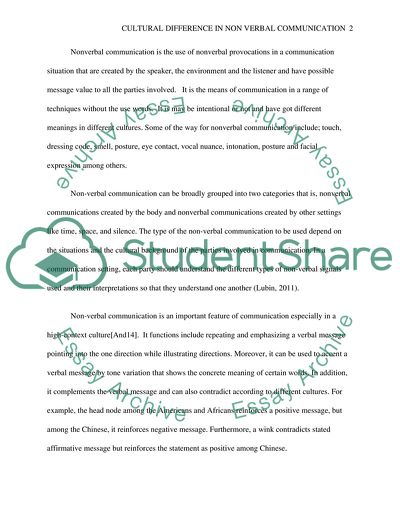Cite this document
(Cultural Difference in Nonverbal Communication Literature review - 1, n.d.)
Cultural Difference in Nonverbal Communication Literature review - 1. https://studentshare.org/culture/1844690-english-for-business
Cultural Difference in Nonverbal Communication Literature review - 1. https://studentshare.org/culture/1844690-english-for-business
(Cultural Difference in Nonverbal Communication Literature Review - 1)
Cultural Difference in Nonverbal Communication Literature Review - 1. https://studentshare.org/culture/1844690-english-for-business.
Cultural Difference in Nonverbal Communication Literature Review - 1. https://studentshare.org/culture/1844690-english-for-business.
“Cultural Difference in Nonverbal Communication Literature Review - 1”. https://studentshare.org/culture/1844690-english-for-business.


